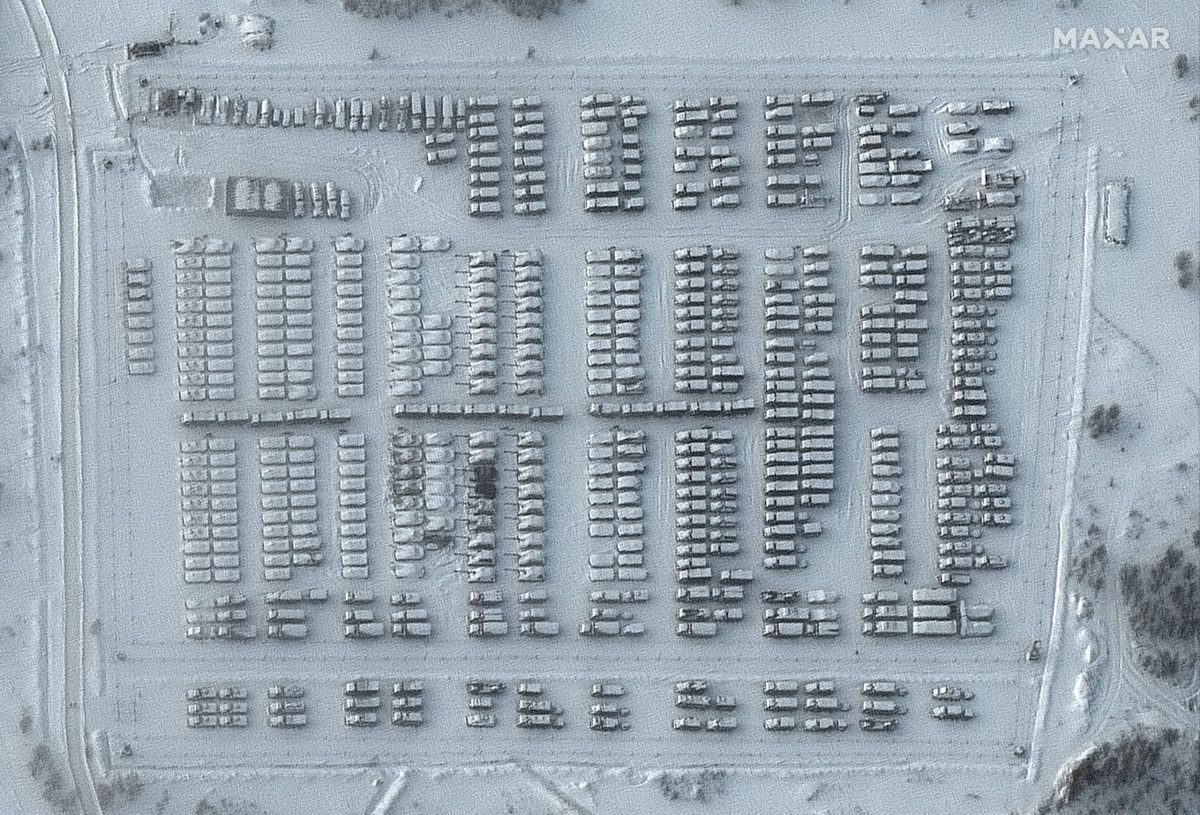Time to Leave China’s “16+1” Influence Trap
Last week Estonia and Latvia followed Lithuania and quit what used to be known as 16+1, as the Czech Republic and other participating countries become increasingly vocal in their scepticism of the initiative.
Read more



















